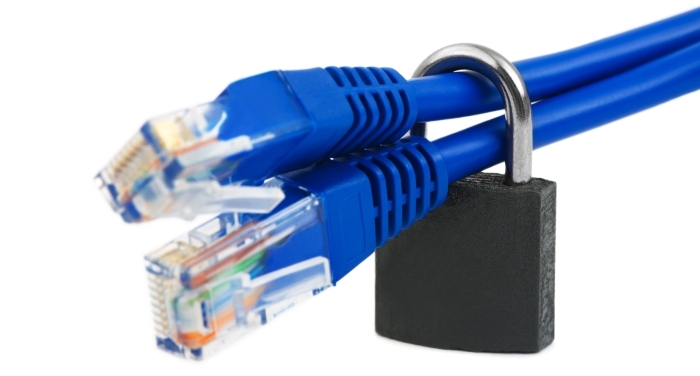
24 Nov How safe is your Online Data?
Information is becoming an increasingly valuable commodity for business, but it is also attracting cybercriminals, such as hackers.
In the beginning, cyber security was focused primarily on protecting computer systems from risks, such as viruses and worms, which damaged files and slowed processing power sometimes by overriding the computer’s memory or startup function. Today, the real target for cyber-attackers is information. And they are becoming increasingly sophisticated.
As the world embraces digital, information is becoming an increasingly valuable commodity leading to spikes in online theft.
Information is no longer domiciled within the four walls of a company. There is a compelling need to focus on the information, not just the device or data centre and this is a fundamental mind-shift many organizations must make
One of the biggest challenges in effectively dealing with this scourge emanates from mobile. These criminals now use mobile networks which are premised on the MiFi cards. These cards are dependent on GSM cellular radios that can provide Internet access to a computer system through the mobile phone network. These attacks are often initiated while on the move thereby making the attacker extremely difficult to trace, since finding a moving MiFi card requires active on-the-ground on-call personnel with special equipment and the telecom provider’s assistance to trace the location.
If the first phase of the internet was getting people online and the second phase of the internet was helping people navigate, the third phase of the internet is about producing great information where people can actually spend more time engaged with information. We must then add a fourth phase- Don’t get caught out, protect yourself and organization from these external threats.
While businesses are doing a lot to prevent hackers from gaining access to their systems, consumers face grave dangers from Phishing. The term is a variant of fishing, and alludes to “baits” used in hopes that the potential victim will “bite” by clicking a malicious link or opening a malicious attachment, in which case their financial information and passwords may then be stolen.
It is a growing problem that needs to be tackled. The inability of consumers to spot the difference between pirate and legal websites is leading to unmitigated disasters around the world.
Many consumers cannot spot the difference because of misleading copycat tactics. Older generations have been found to be more susceptible, and this demography is increasingly migrating from physical to online content.
In fact, 98% of all consumers were caught out by at least one of the pirate sites.





No Comments